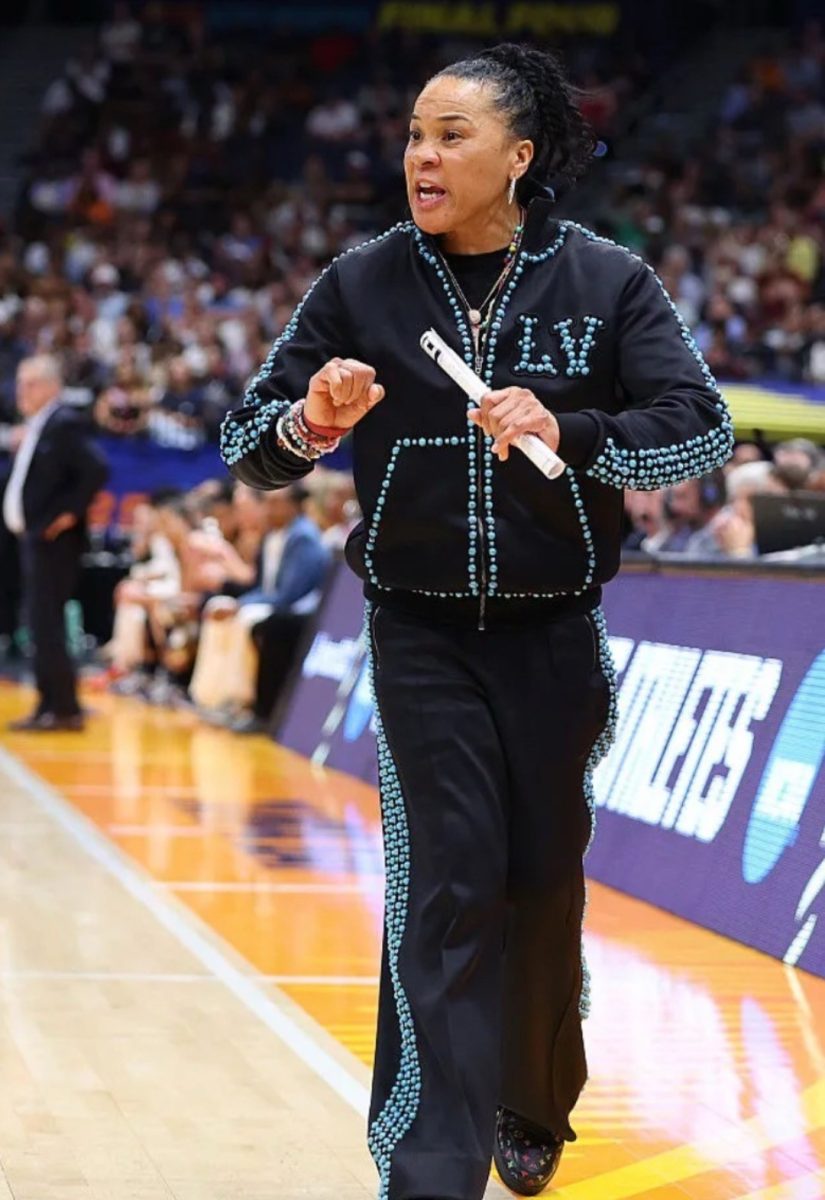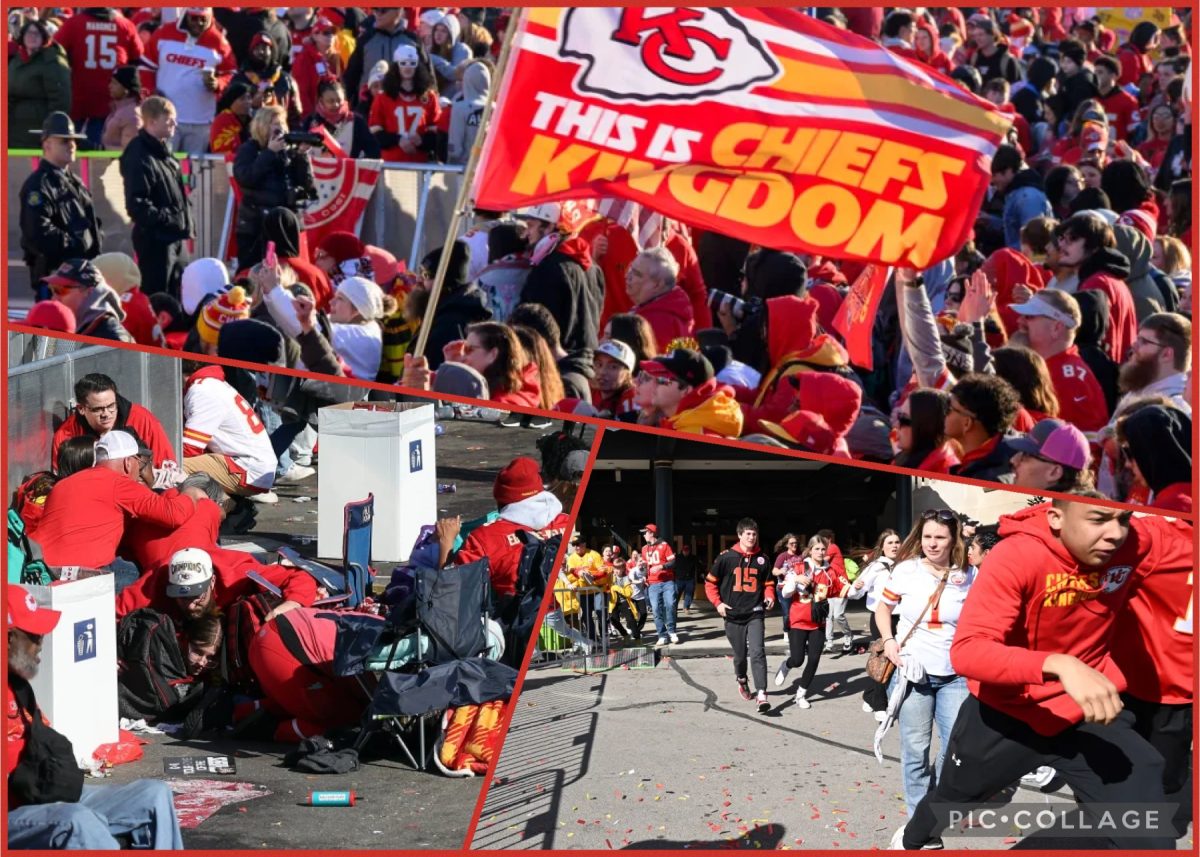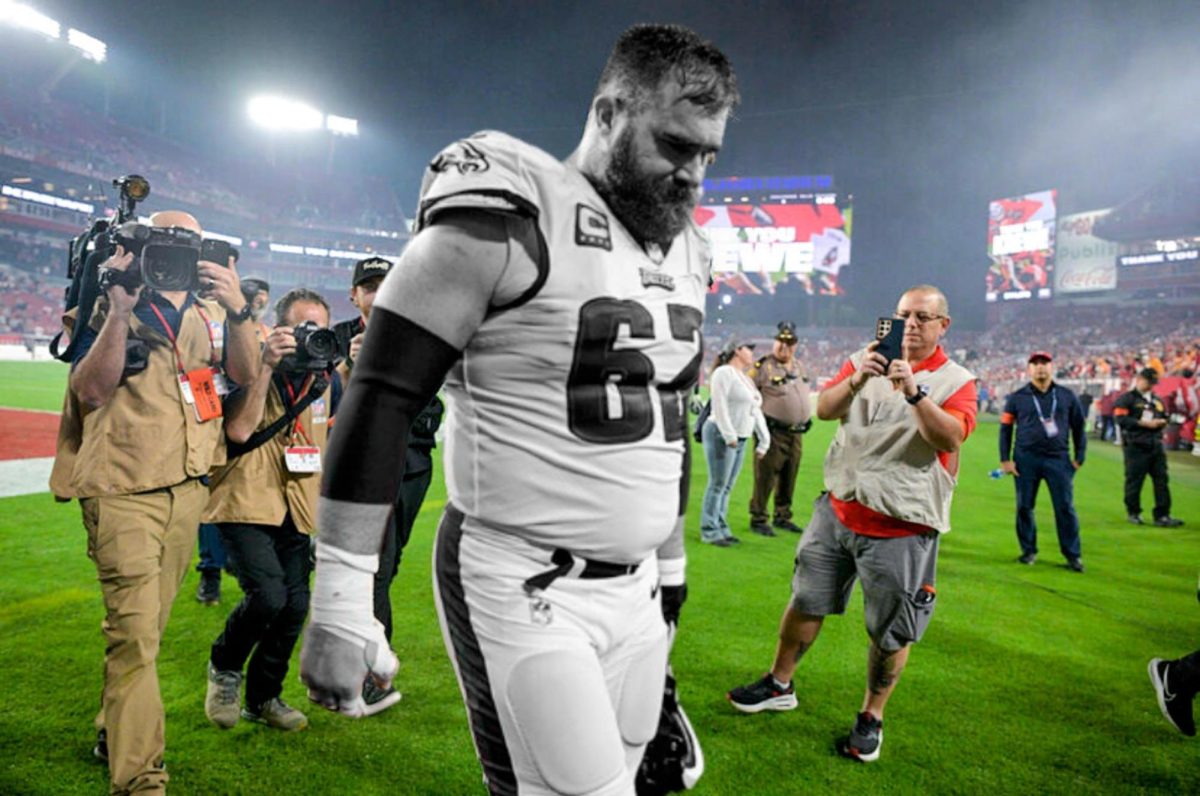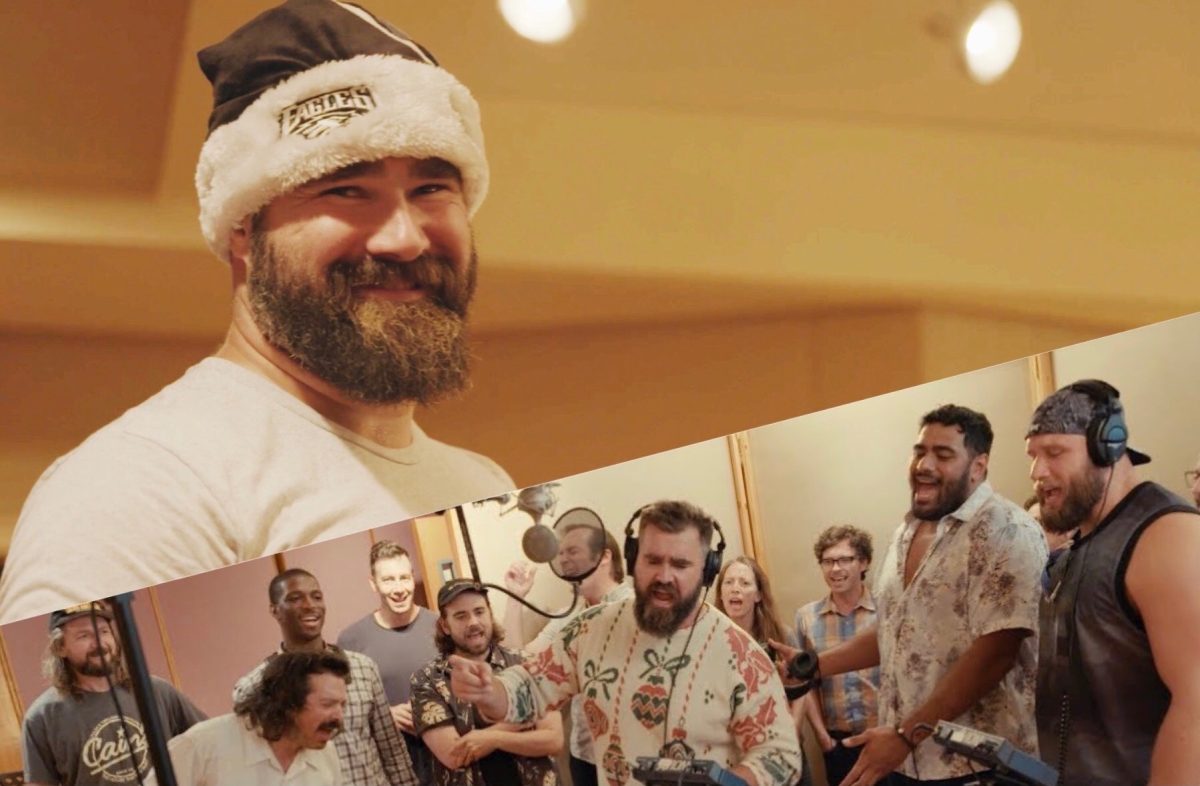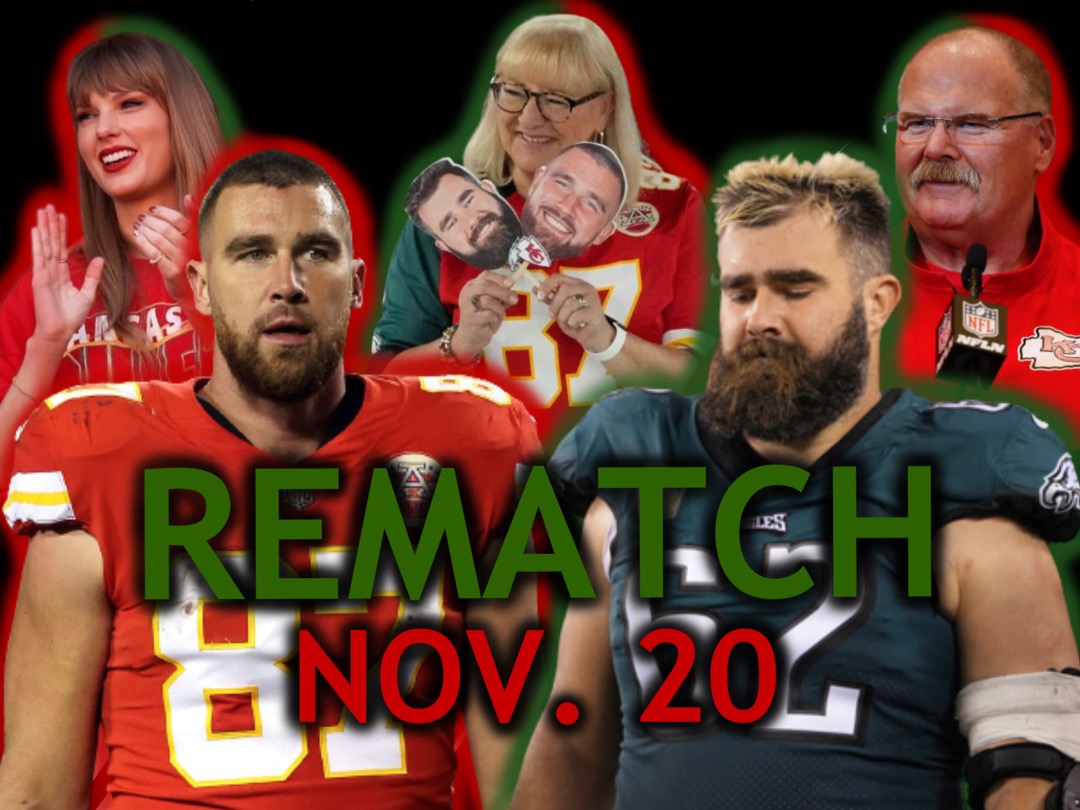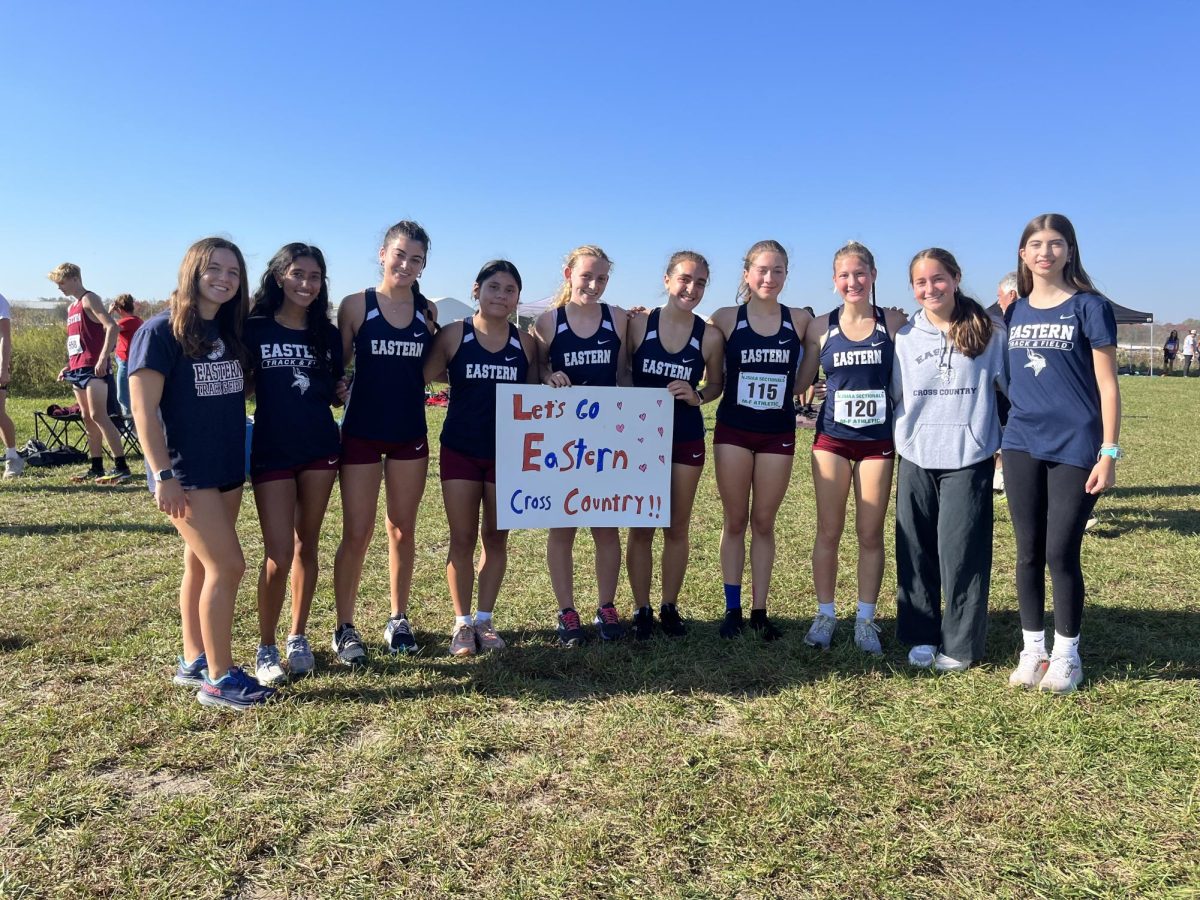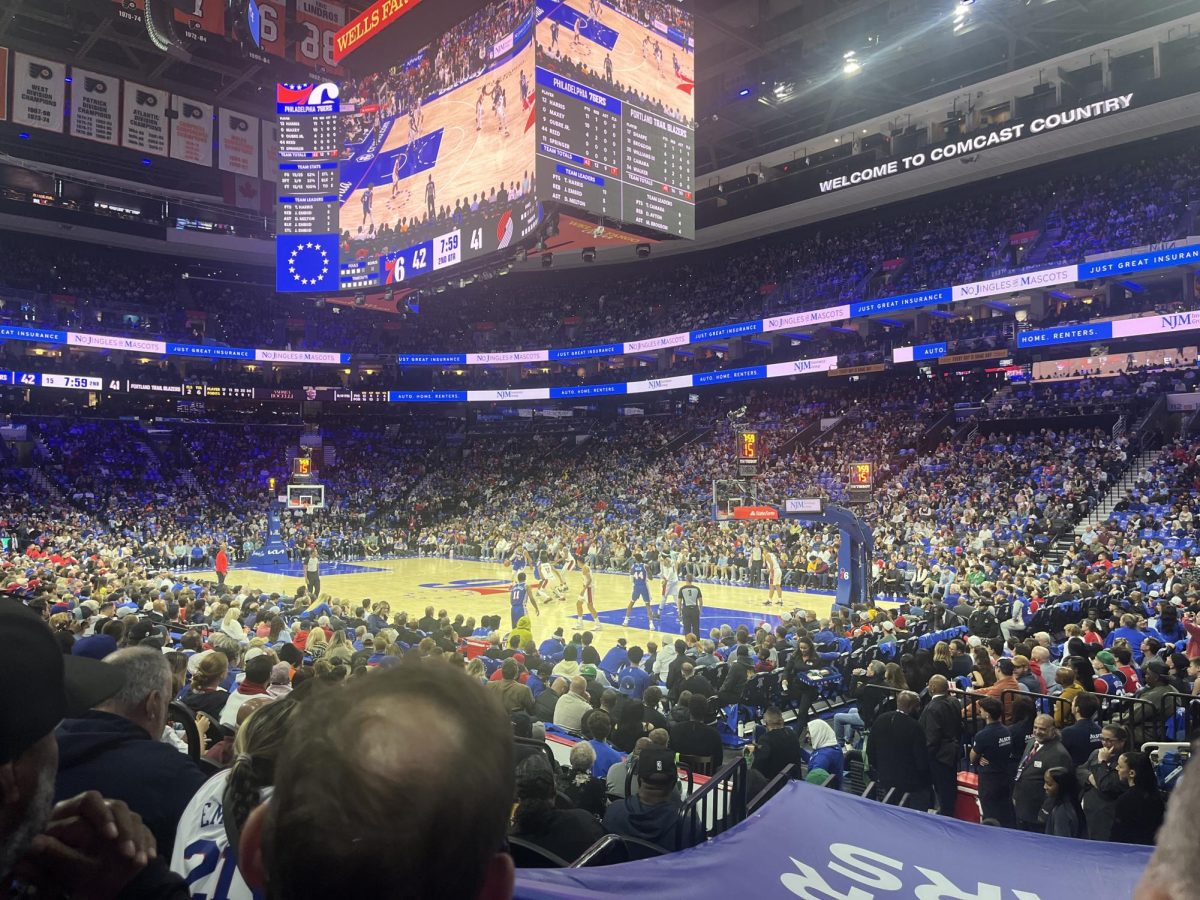Communities join together every Thanksgiving to do the one thing that the majority of our world hates—run. The “Turkey Trot” has become a staple of American culture so much so that when our friends tell us that they’re paying money to run on Thanksgiving, we never ask, “Why? Why did we choose to make running 3.1 miles the American tradition?”
The motives behind holding a Thanksgiving race are very simple. The holiday is the biggest day of eating, so it makes perfect sense that the YMCA created an event that allows people to burn off some extra calories before the classic Thanksgiving meal.
The YMCA Buffalo Turkey Trot began as an 8-kilometer race with six participants. This year marks the 123rd Trot, making it the longest consecutively run race globally. It attracts up to 14,000 runners, some traveling from different countries to participate in this event.
Not only is Thanksgiving the biggest eating day, but it is now officially the biggest running day.
In the past 123 years, completing a pre-feast race has become a tradition embraced by both runners and non-runners alike. According to Running USA, Thanksgiving has emerged as the most popular running day in the country, with nearly one million participants in 2016 alone—a 6 percent increase from the previous year.
In 2022, 756,894 people signed up for official races excluding unofficial races.
Turkey Trots have become such an anticipated tradition that communities hold the event no matter the weather or circumstances. When COVID was upon us in 2020, many races were held virtually, allowing participants to register, run on their own schedule, and input their times.
As the event became more well-known, the standards got looser. Now, every Turkey Trot differs- some events give the races different names while others run different distances. Some people do Thanksgiving marathons.
The running part is not the most appealing part of the Turkey Trot, and it never has been. Most people voluntarily choose to register for Turkey Trots due to the sense of community and tradition.
Pretty much any Turkey Trot allows participants to dress up in fun costumes, which became common in the 1980s. These costumes range from cute Thanksgiving-themed headbands to full-blown Turkey suits.
Participants of all athletic levels are encouraged to run, yet there is always a walking option. Since the event is so widespread, there is a wide range of training levels. Nobody is ever left behind!
Thanksgiving- a time of gratitude and reflection-also serves as a reminder of those less fortunate. Charities often face challenges during the holidays, particularly as winter approaches. Since the YMCA started the tradition to give to their own organization, many charitable organizations have turned to sponsoring Turkey Trots as a means to raise support and address the needs of the less privileged.
Beyond goodwill, the appeal of the Turkey Trot lies in the balance it provides to the indulgent Thanksgiving feast. The average Thanksgiving dinner, with its array of dishes, packs over 4,000 calories—an incentive for many to hit the pavement before sitting down to eat.
While the caloric aspect is a factor, the essence of the first Turkey Trot in 1896 was rooted in community celebration and fundraising for youth, family, and senior resources at the YMCA.
So, to put it in short, the Turkey Trot is pure proof of how wholesome our country can be. We started running on holidays to lend a hand to important causes, and spend time with our loved ones.
If you step up to the line at your local Turkey Trot this year, let the miles be a celebration of community, gratitude, and the joy of giving back—a beginning to a holiday season filled with thanks.



